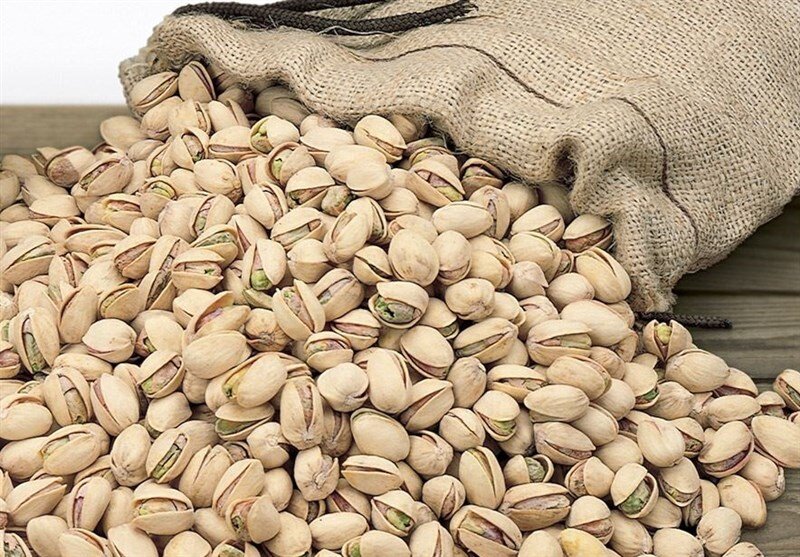A 2-fold rise in annual pistachio production expected

TEHRAN- A member of Iran Pistachio Association announced the prediction of a two-fold increase in Iran’s pistachio production in the current Iranian calendar year (ends on March 20, 2024), and said: “Considering this figure, we have the possibility of exporting pistachios worth 1.5 billion dollars a year.”
Jalil Karbakhsh Davari said: “Estimates show that between 200,000 and 210,000 tons of dry pistachios will be produced on 450,000 hectares of lands this year, which is a two-fold increase compared to last year.”
According to the data released by the European Union's statistics office, Eurostat, Iran has exported over €48 million of pistachios to the European Union (EU) member states during the first six months of 2023.
Iran’s pistachio export to the union has dropped 39 percent in the first half of this year, from €78.6 million in the same period of time in the past year, the Eurostat data indicate.
The Islamic Republic was the second biggest exporter of pistachios to Europe after the United States in the mentioned six months.
Germany and Spain were the top importers of Iranian pistachios in January-June 2023, when Germany imported €32 million worth of Iranian pistachios and Spain imports amounted to €7 million.
Although Iran is mostly known for its vast hydrocarbon resources, there are some other precious products that people all around the world put the Iranian brand on and appreciate greatly, one such product is Iranian “green gold” or pistachio.
Iran exported 56,298 tons of pistachio worth $405.04 million to 57 countries during the past Iranian calendar year 1401 (ended on March 20).
The annual export indicates a 55.7 percent fall in value and a 58.4 percent drop in weight, year on year.
Over the past decade, climate change has caused severe drought in Iran, leading to 85 percent of the country being classified as arid or semi-arid. The decline in annual average rainfall and shortage of surface water has forced farmers to dig more wells to pump water from underground reserves. Nearly half of the 750,000 wells dug in Iranian farms are illegal, which indicates why the unconstrained use of underground water in agriculture is the main source of water waste in the country.
The situation is the same in Kerman province, which accounts for 70 percent of Iran’s pistachio production. As announced by Hossein Rezaei, the secretary-general of the Iran Pistachio Association (IPA), the production of pistachio in Iran fell by 70,000 tons in the Iranian calendar year 1400 (ended on March 20, 2022) to hover at around 150,000 tons.
MA
Leave a Comment